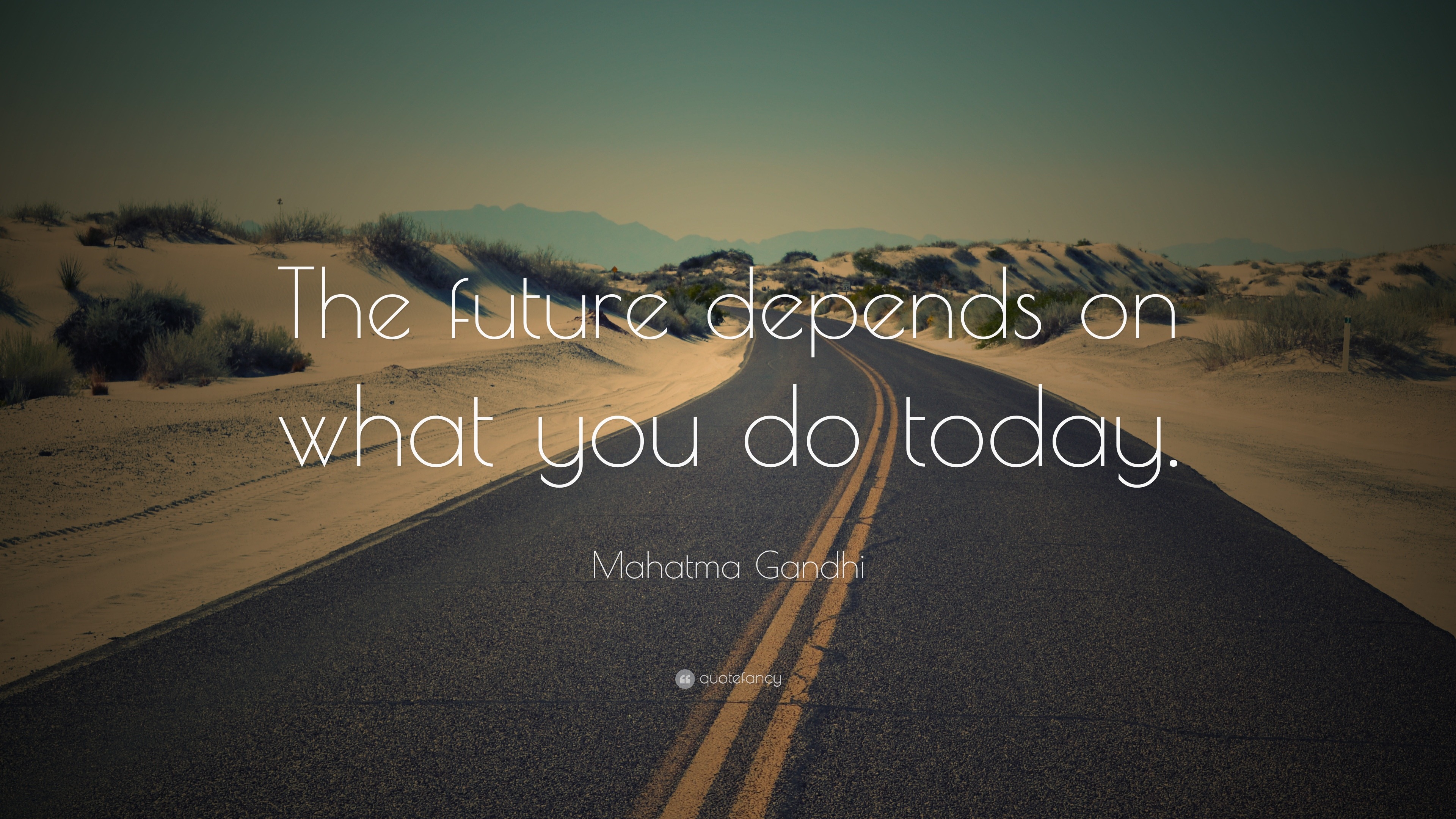
Mahatma Gandhi famously once stated that the “future depends on what you do today”. While in many cases the future is moulded and created by our past experiences, we cannot go back but only move forward, using today to provide a better future for ourselves and others. When we examine physical education of the past in comparison to present day practice, there has been a significant ‘paradigm shift’ throughout many aspects of it; from segregation to inclusion, traditional ‘one size fits all’ practice to using pedagogical models and of course, the introduction of various forms of technology.

David Kirk (2013) states that the future of PE can be looked at in the “short, middle and longer” term however, I think that examining the role of physical education towards the future of the twenty-first century is of most significance (p.221). I believe that there are three necessary components to help it maintain its quality today. One being as Kirk states, pedagogical models to provide for inclusiveness, the second being meaningful practice to help perceived competence and motivation to participate and the third being student centred learning in basing curriculum content on technology and new innovations that are relevant to adolescent culture.

I feel that one of the most important components to provide for a positive future in physical education is meaningful practice. Without meaning, there is no future for physical education. Ntoumanis (2001) states that to provide for the future, we need to understand if and why children regard PE as “valuable, enjoyable, and rewarding experience, or as a worthless, boring, and humiliating one” (p.226). Teachers are largely accountable for students’ views through how they motivate and provide for student needs and interests in curriculum. Penney & Chandler (2010) believe that in order to create meaning and motivate students to remain physically active in the future we need “highly skilled teachers and comprehensive support structures” (p.85). Such support structures in Ireland are available online through various websites like NCCA and the PDST but is this enough to aid teachers in providing meaningful lessons to maintain student interest in such a valuable subject?
In order to provide meaning in physical education, we need skilled teachers that are confident in their own abilities, to engage students and motivate them. However, when we examine the extent of professional development and opportunity to learn from others, it is clear that teachers in Ireland are at a disadvantage. As technology and innovation move forward, I believe that Ireland needs an online PE Professional learning community platform where all PE teachers can discuss with each other and share ideas and objectives for the future of physical education curriculum development. With curriculum developments such as the junior cycle reform where there is now a short course for physical education and with senior cycle PE and Leaving Certificate PE now being introduced, many teachers may feel the added pressure of creating meaningful experiences for students to encourage future participation.

While I feel that creating meaning in physical education is the most important component to provide a stable future for the subject, I feel that the use of pedagogical models and technology to increase inclusiveness and student centred learning are both critical for the future. While there are certain implications for the future of physical education such as Fernandez-Balboa (2012) refers to as the economy of education or one driven by profit, I feel that such implications can be overlooked by what we do today to counteract such issues. In Ireland, we finally have senior cycle physical education and leaving certificate physical education which I feel is a stepping stone to a brighter future. Can we create meaningful experiences to encourage participation beyond the classroom? I think we can, by starting now – “The future depends on what we do today”.

References
Kirk, D. (2013). What is the future for physical education in the twenty-first century?. In: Capel, S., Whitehead, M Debates in physical education. Oxford: Routledge, p.220-231.
Fernández-Balboa, J-M. (2012). Physical education in the digital (postmodern) era. In D. Kirk (ed.) Physical Education. London: Routledge, p.99-115
Ntoumanis, N. (2001). A self-determination approach to the understanding of motivation in physical education. British Journal of Educational Psychology. 71 (1), p225-242.
Penney, D. & Chandler, T. (2010). Physical Education: What Future(s)?. Sport, Education and Society. 5 (1), p.71-87.








